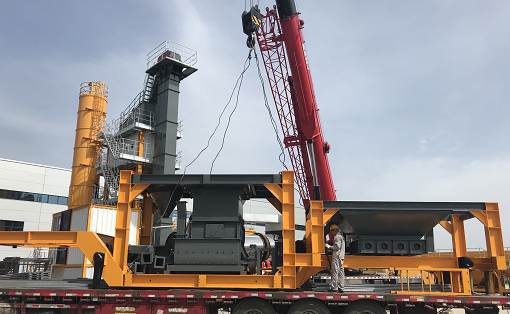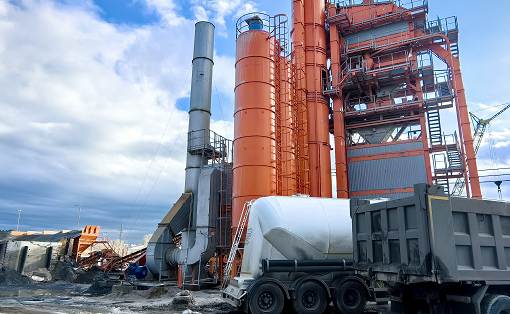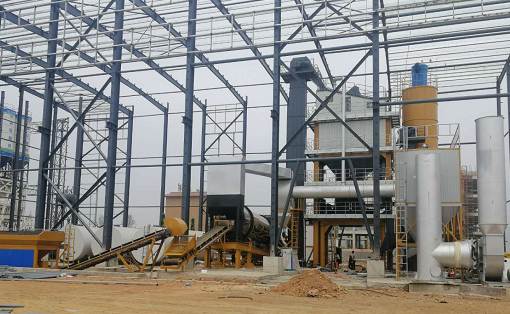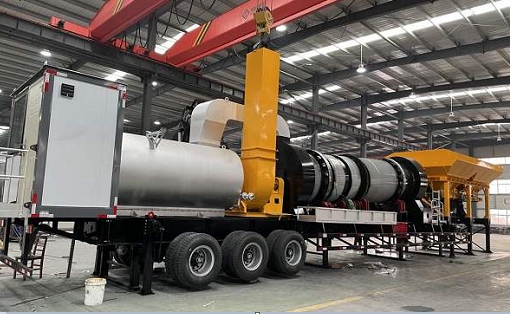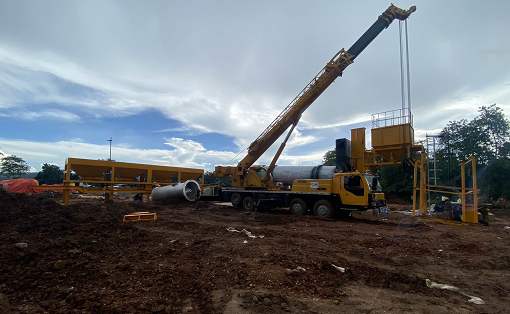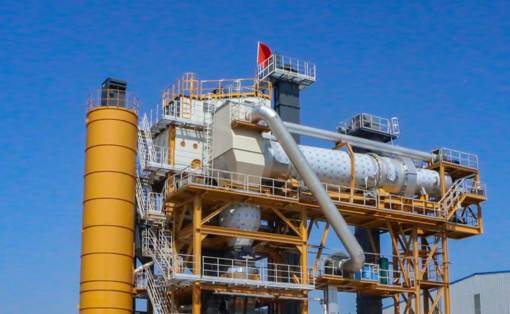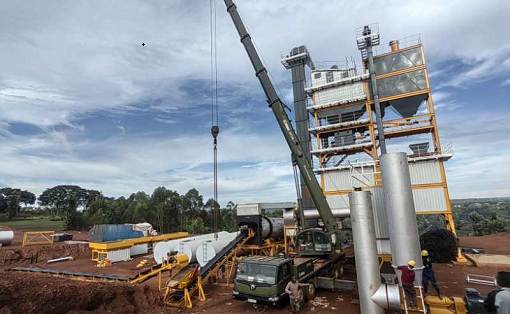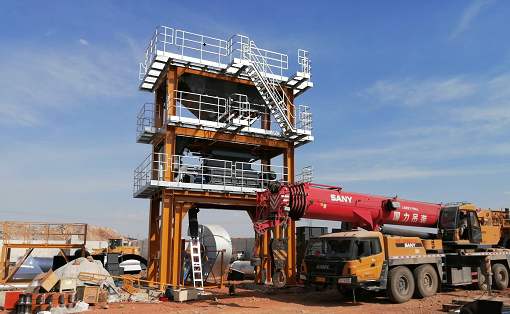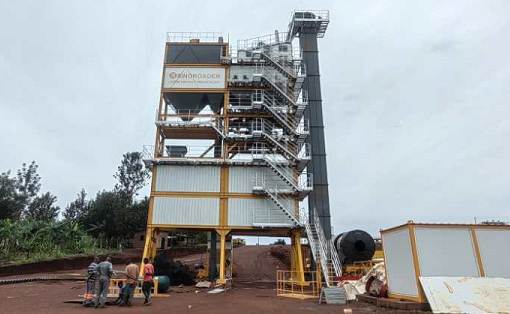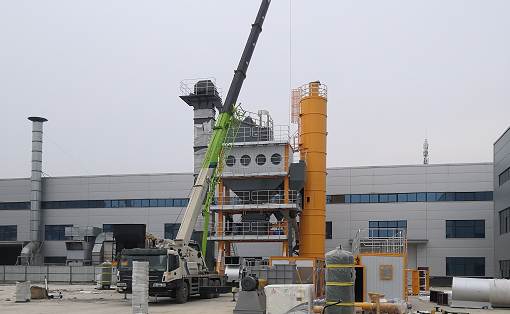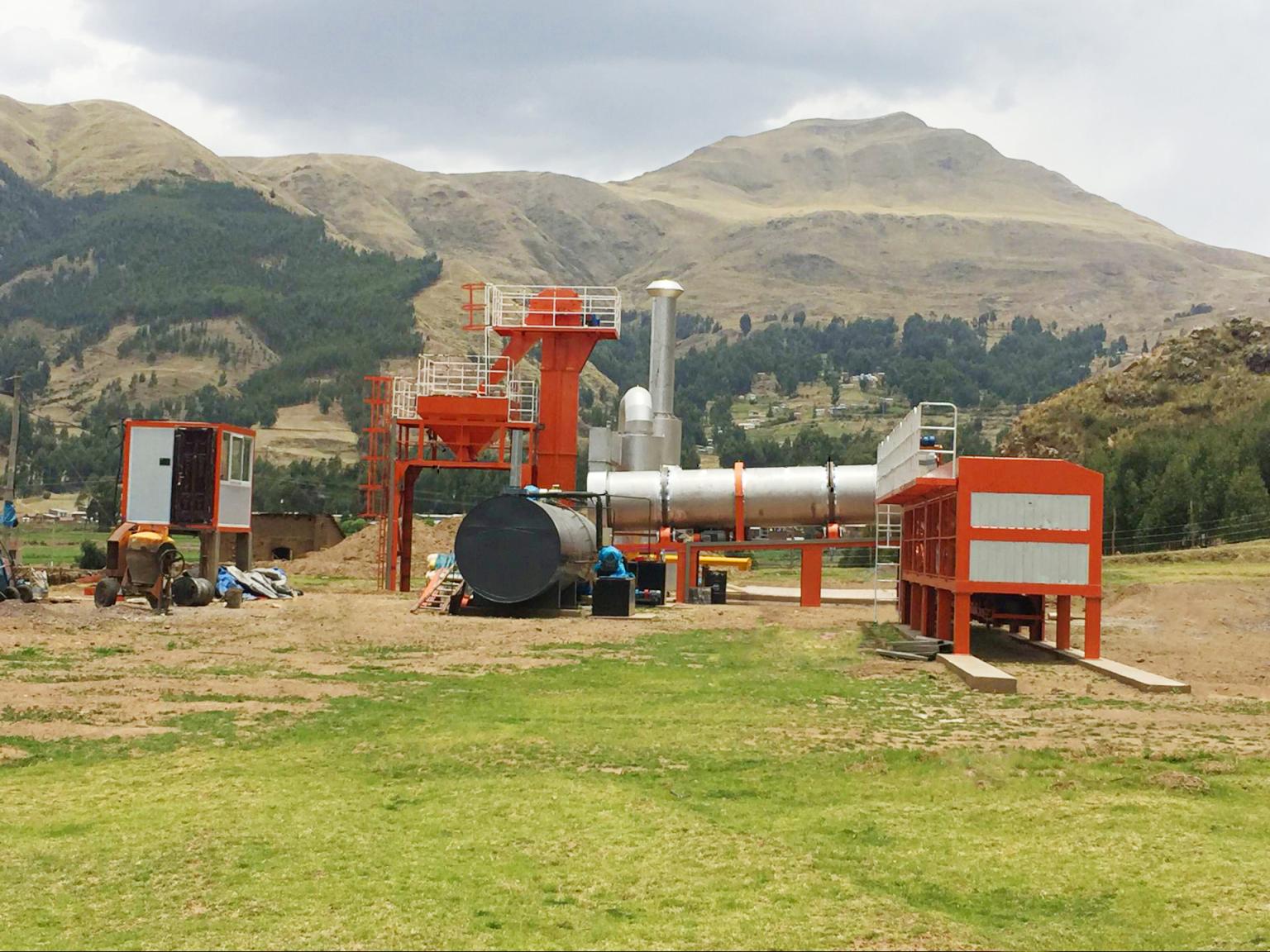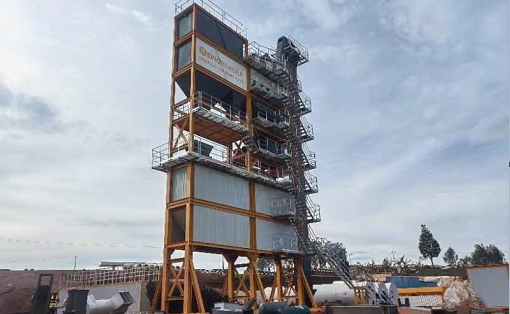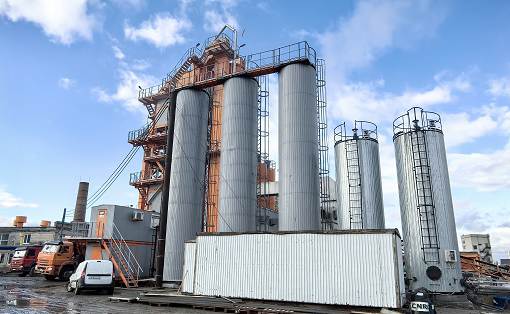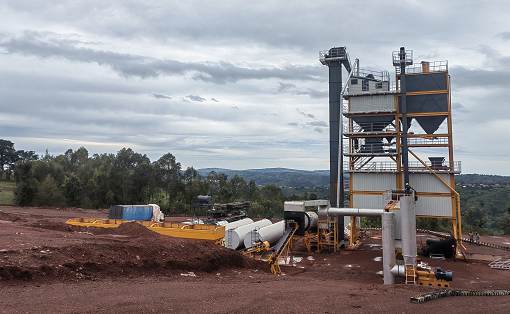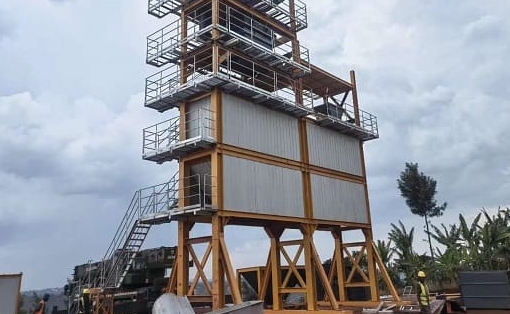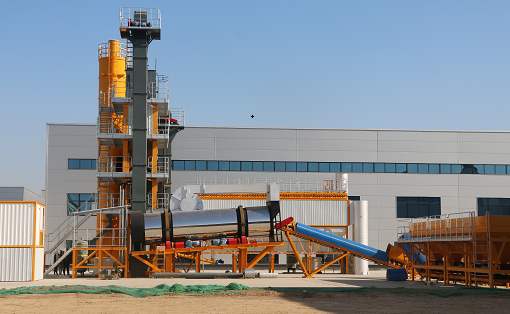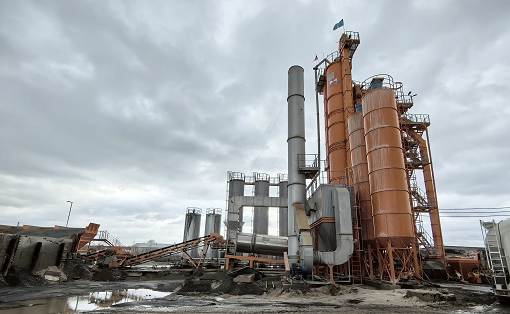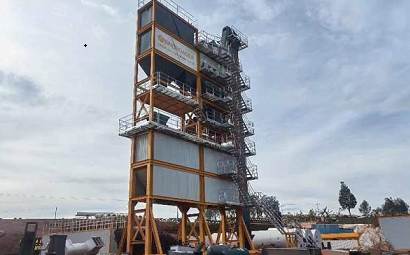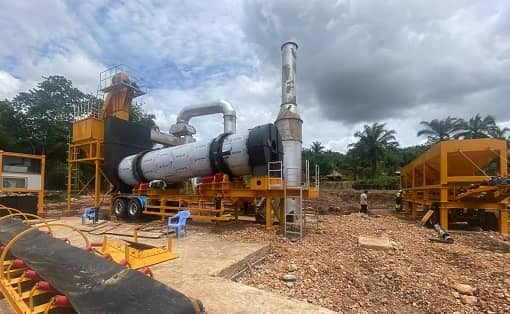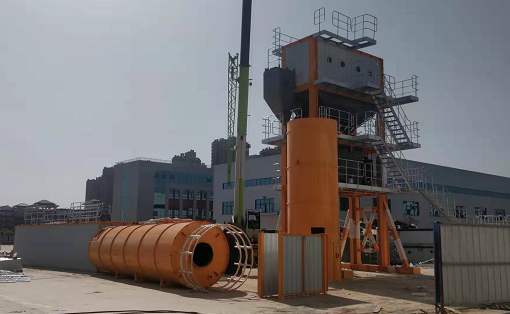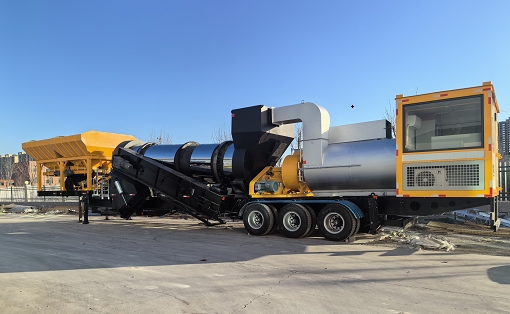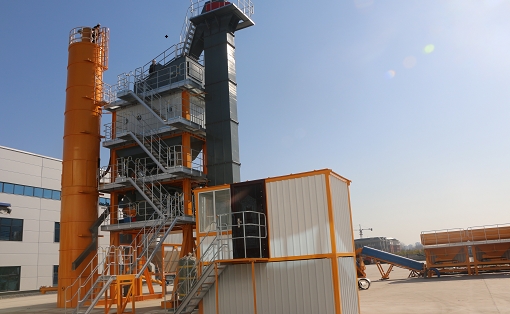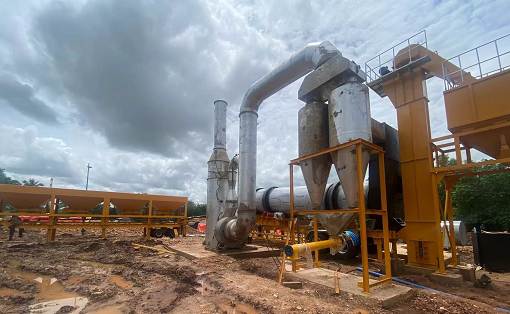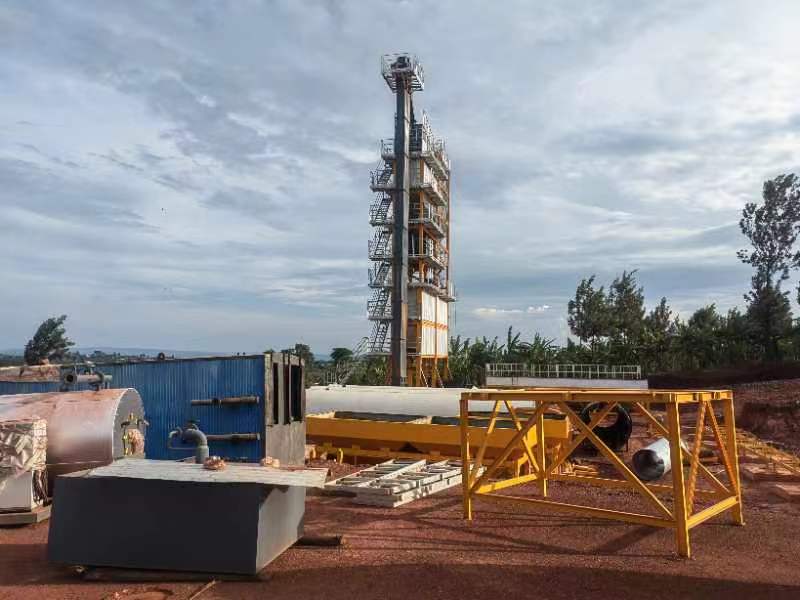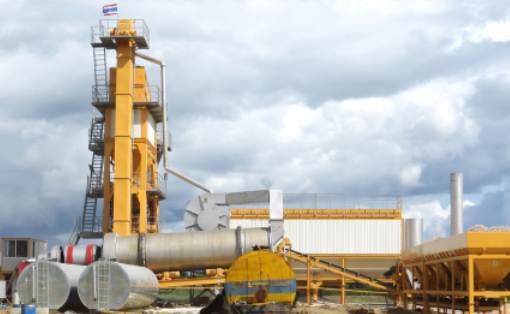Selection of treatment technology for asphalt smoke produced by asphalt mixing plants
In recent years, asphalt concrete, as a new green building material, is gradually being valued by people because of its excellent performance in saving resources, being environmentally friendly, ensuring the quality of construction projects, and achieving sustainable utilization of resources. The development of asphalt concrete fully embodies my country’s policies to achieve energy conservation and emission reduction, and is also an important measure to promote the development of circular economy.
In recent years, asphalt concrete, as a new green building material, is gradually being valued by people because of its excellent performance in saving resources, being environmentally friendly, ensuring the quality of construction projects, and achieving sustainable utilization of resources. The development of asphalt concrete fully embodies my country’s policies to achieve energy conservation and emission reduction, and is also an important measure to promote the development of circular economy.
1. Asphalt smoke
Asphalt smoke refers to the hydrocarbon organic particulate matter emitted during the production process of petroleum asphalt and asphalt products and a small amount of gaseous hydrocarbon matter under normal temperature conditions. It is a mixed flue gas containing complex chemical substances, and the main component is a hydrocarbon mixture. , among which there are many polycyclic aromatic hydrocarbons. Asphalt smoke contains polycyclic aromatic hydrocarbons such as benzopyrene, a strong carcinogen. Polycyclic aromatic hydrocarbons in the atmosphere are an important cause of the rise in respiratory cancers. Pure benzopyrene is a yellow needle-shaped crystal with a boiling point of about 310°C and a melting point of 179°C. It is insoluble in water and slightly soluble in alcohol. It is a strong carcinogen and can cause skin cancer. In asphalt smoke, it easily adheres to the particle size For particles below 8.0um.
The asphalt required for asphalt concrete production is pre-stored in an asphalt storage tank. When the servo motor is tested and used, it needs to be heated and melted by a thermal oil furnace, and then pumped into the asphalt mixing tank with an asphalt pump to mix with a certain proportion of gravel. After the asphalt is heated Asphalt fumes will be generated during the mixing process. If the traditional bag dust collector is used, the asphalt will stick to the bag, causing the bag to be clogged. The multi-tube cyclone dust collector will have poor removal efficiency of asphalt smoke.
2. Current methods for treating asphalt flue gas
(1) Incineration method The composition of asphalt smoke is complex, but it is basically hydrocarbons and can burn under high temperature conditions. Asphalt flue gas is directly introduced into a special heating furnace for incineration. Under a certain time and temperature, it can be completely burned when in contact with air. Even smoke mixed with a small amount of carbon particles can be burned when the temperature reaches above 900°C. When treating asphalt smoke by incineration, the higher the concentration of asphalt smoke, the more advantageous it is. However, when dealing with low-concentration asphalt smoke produced by asphalt concrete mixing, household coal-fired heating boilers require external energy as supplementary fuel for the asphalt smoke, and the combustion temperature needs to be adjusted. and strict control of time, the processing energy consumption is too high, the transportation cost is high and uneconomical.
(2) The electrostatic capture method uses electrostatic capture of asphalt smoke on the same principle as the electrostatic precipitator. The asphalt smoke is sent into the electric field through the induced draft fan, and the asphalt smoke is discharged between the anode and cathode with the help of corona discharge. The smoke particles are charged and adsorbed on the plate to achieve the purpose of separating asphalt smoke and gas. Dry electric traps have extremely low efficiency in capturing gas phase components, while wet electric traps can capture gaseous asphalt, but wet electric traps produce electrocapture wastewater, which brings secondary pollution.
(3) Absorption method It utilizes the different solubilities of various mixed components in asphalt flue gas in the absorbent, or the reaction of active components in the absorbent with certain components to achieve the purpose of treating asphalt flue gas. Gasoline, diesel and other substances are generally used for absorption. This method has low system resistance, low energy consumption, simple equipment, and easy maintenance, but the purification rate is not high, it is flammable, and it is not easy to use;
(4) Adsorption method It is a process that uses an active substance with a large specific surface as an adsorbent to physically adsorb asphalt flue gas, and then regenerates the adsorbent for reuse. This method has simple process, high purification efficiency, and low investment and operating costs. According to the properties of asphalt smoke and the comparative analysis of the above methods, it is recommended to use adsorption method to treat asphalt smoke exhaust gas, and use activated carbon to physically adsorb the asphalt smoke. The removal efficiency of benzopyrene and asphalt smoke reaches over 99.5%. After the asphalt oil fumes are treated to meet the standards, they will be discharged through an exhaust pipe of no less than 15 meters.


